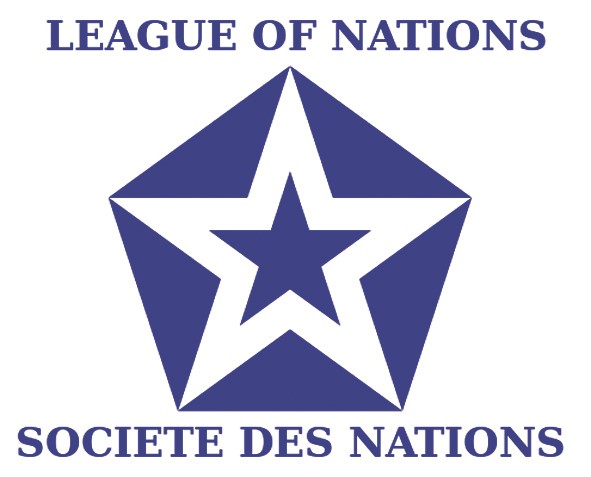Rewind: League of Nations

After World War I, US president Woodrow Wilson’s brainchild, the League of Nations, took shape. Yet the grand experiment failed with the onset of a second catastrophic conflict. Could the league have taken action to save its reputation, and ultimately, itself? Or was it doomed from the outset to flounder until its untimely end?
Jason Hartley, chief strategy officer, the Partners
“You can’t polish a turd” is an oft used phrase by my father. In branding, creating a new positioning for something built on a false proposition is the same thing. The League of Nations was built on noble intent but the thought that an unarmed collective could influence armed sovereign powers is, was and forever will be flawed to the core.
The key to the success of bodies like the league and the UN is not being able to call upon an army, it is in having fiscal influence. Countries literally putting their money where their mouth is. If the league had tied trade to behavior it would have had a better chance to demonstrate real influence.
The EU is hardly a roaring success, but its fiscal union creates a far stronger driver to stay together than any peace treaty. If the league had any inkling into the global future of trade it could have established itself on a stronger platform of influence. In reality, I am sure greed would have broken the league anyway. The influence of the dollar will always sadly outweigh that of conscience and morals in the realm of partnership and conflict. My point however is that you cannot separate an organisation’s brand and behavior, especially one like this. So reposition away, it wouldn’t have made a blind bit of difference.
Simon Manchipp, co-founder, SomeOne
In 1939, a semi-official emblem for the League of Nations emerged: two five-pointed stars within a blue pentagon. They apparently symbolised the Earth’s five continents and five so-called ‘races.’ A bow at the top displayed the English name (“League of Nations”), while another at the bottom showed the French (“Société des Nations”).
Man alive, no wonder the whole thing went kaput. Forget the running of the organisation, its ideas or its challenges – triangles and stars? Could the designer have scraped any other barrels to arrive at that? I doubt it. This loaded with meaning nonsense seems to me to be the result of the most horrific of all designer experiences, The BrainStormTM. Few things fill the professional creative mind with more dread than the call to a bland room filled with hopeful accountants willing the most insipid thoughts out of their minds and onto freshly erected Nobos.
The original Trojan Horse of mediocracy — the BrainStormTM is designed to make everyone feel important and to make sure everyone goes home with a balloon once they have had their moment in the Post-It note infested glory that is the BrainStormTM. There are few monuments to committees and this brand feels like the result of crowd-pleasing approaches ending in overly-sold, under-crafted vanilla tosh. What would we do differently? Everything. Most of all, tell their story, not fanny around creating supposedly meaning-filled yet publicly meaningless logos.
As Robert Cecil, 1st Viscount Cecil of Chelwood (one of the league’s key figures and Nobel Peace Prize winner) said on the final session of the league – “The league is dead. Long live the United Nations” – now there’s another brand identity that could do with a hand.
Duncan Hall, strategy analyst, Siegel+Gale
The League of Nations positioned itself as an international organisation to prevent further conflicts and maintain world peace. Admirable, but its position as an authoritative moral compass did not meet the global need. Especially considering that although it intended to encompass all nations, many never joined.
At a time when nations were feeling either completely confident after winning a war, or completely bitter at having just lost it, injecting oneself as a motherly figure to calm the situation of fighting children might not have been the best tactic. If the League of Nations was to position itself as an international organisation to facilitate collective economic and societal recovery, this might have brought the focus from being a judge who is supposed to know everything and decide right from wrong, to a nurse or care worker who works alongside you to recover. If it were to survive past 1946, it would be vital that whatever it positioned itself as, that it had a connection to the people – people of all nations. A connection that they could see, feel and hear which would allow the League of Nations brand to build equity in the form of trust, admiration and respect.


